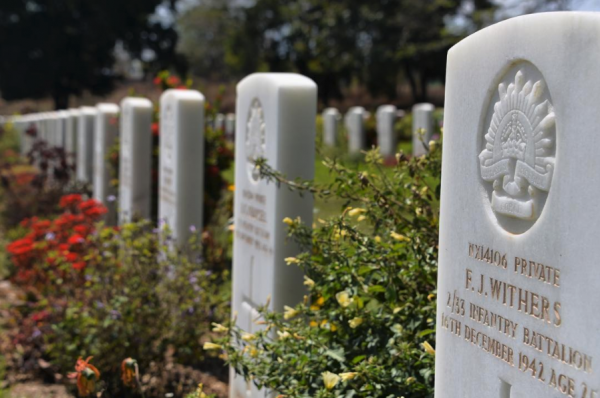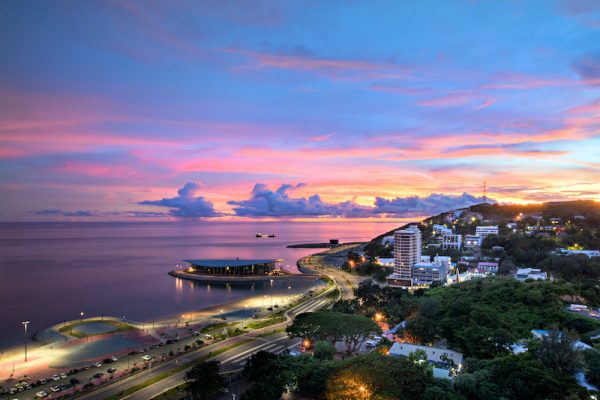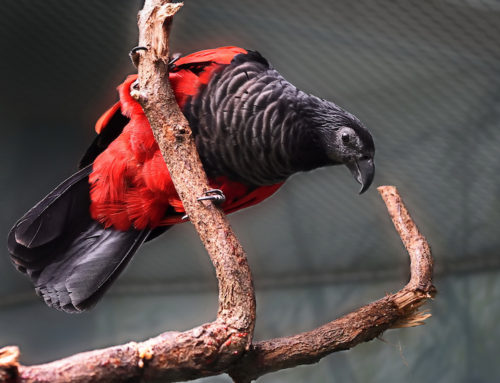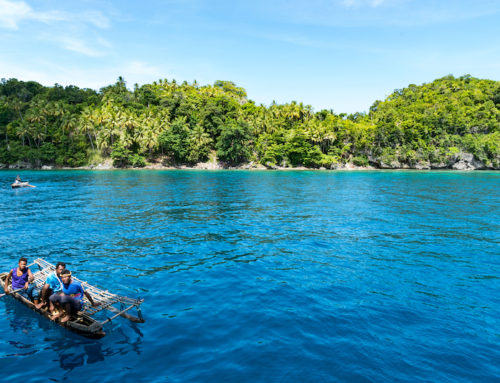Port Moresby – The Gateway to PNG
Thursday, 18th February 2021
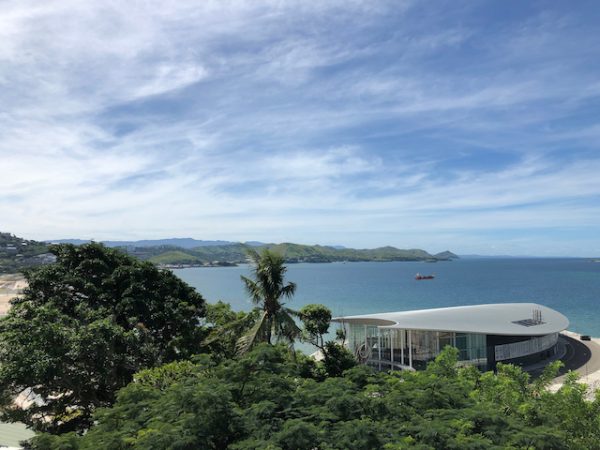
As the seat of Papua New Guinea’s government and the main entry point for international travellers, Port Moresby has evolved into a cosmopolitan capital in recent years.
Now home to a population of more than 380,000 people, it is the nation’s largest city and also the largest in the South Pacific outside of Australia and New Zealand. But it wasn’t always the preferred centre of PNG commerce and activity.
So how did Port Moresby come to be capital and what is the future of this emerging tourism region?
A brief history of PortMoresby
Long before Europeans arrived, the area now known as Port Moresby was home to the Motu and Koitabu people.
Seafarers and yam farmers, they forged a reputation for the dangerous trade missions they undertook, spending months at a time at sea.
While the region might have already been a trading port, it wasn’t frequented by Europeans until 1873 when Captain John Moresby sailed into the harbour and named it after his father.
By 1883 the region had been annexed by Britain and collectively became known as Port Moresby. Five years later the growing town became the capital of the newly declared British New Guinea.
WWII
Administered by Australia from 1906 until Independence, Port Moresby slowly grew in size until WWII when it transformed into a major Allied military base for the region.
Remaining in allied hands throughout the war, Port Moresby fulfilled its role as a staging base for troops fighting the Japanese advancement along the Kokoda Track.
At the end of WWII Port Moresby became capital of the newly united Papua New Guinea almost by default after the other major contenders, Rabaul and Lae, were flattened by Allied bombing in the fierce fight for the Pacific.
Independence and the seat of government
After the war, attention turned to developing Port Moresby into a major port for the region, with new infrastructure and more modern amenities.
When PNG gained independence in 1975, Port Moresby became the newly established nation’s capital and home to the country’s government.
Port Moresby into the future
In the years since Independence, Port Moresby has steadily grown to become the most densely populated region of Papua New Guinea.
And in recent years its potential as a tourism hub and gateway to greater Papua New Guinea has steadily been explored.
Bolstered by events like APEC 2018, Port Moresby now features an array of tourism drawcards including the newly refurbished Ela Beach and APEC Haus.
They join longstanding iconic attractions such as Parliament House, The National Museum & Art Gallery, Port Moresby Nature Park, The University of Papua New Guinea, and The National Capital Botanic Gardens.
In the immediate future there are further plans for the transformation of Port Moresby as it transitions into a modern capital and powerhouse for the PNG economy.
This includes the current project spearheaded by Paga Hill Estate, which will encompass an international cruise terminal, major resorts and hotels, and a Cultural Centre and War Museum.
About Paga Hill Estate
Paga Hill Estate is a world-class, master-planned estate in the heart of Port Moresby, Papua New Guinea. The waterfront site is the first comprehensively planned multi-use development in Papua New Guinea to be enjoyed by both residents and visitors alike.
The all-inclusive development will include vibrant public spaces and waterfront promenade, luxury hotels, residential apartments, restaurants, retail, commercial space, a Trade, Exhibition & Cultural Centre, restoration of WWII relics, marina precinct and a nearby international cruise liner terminal.

